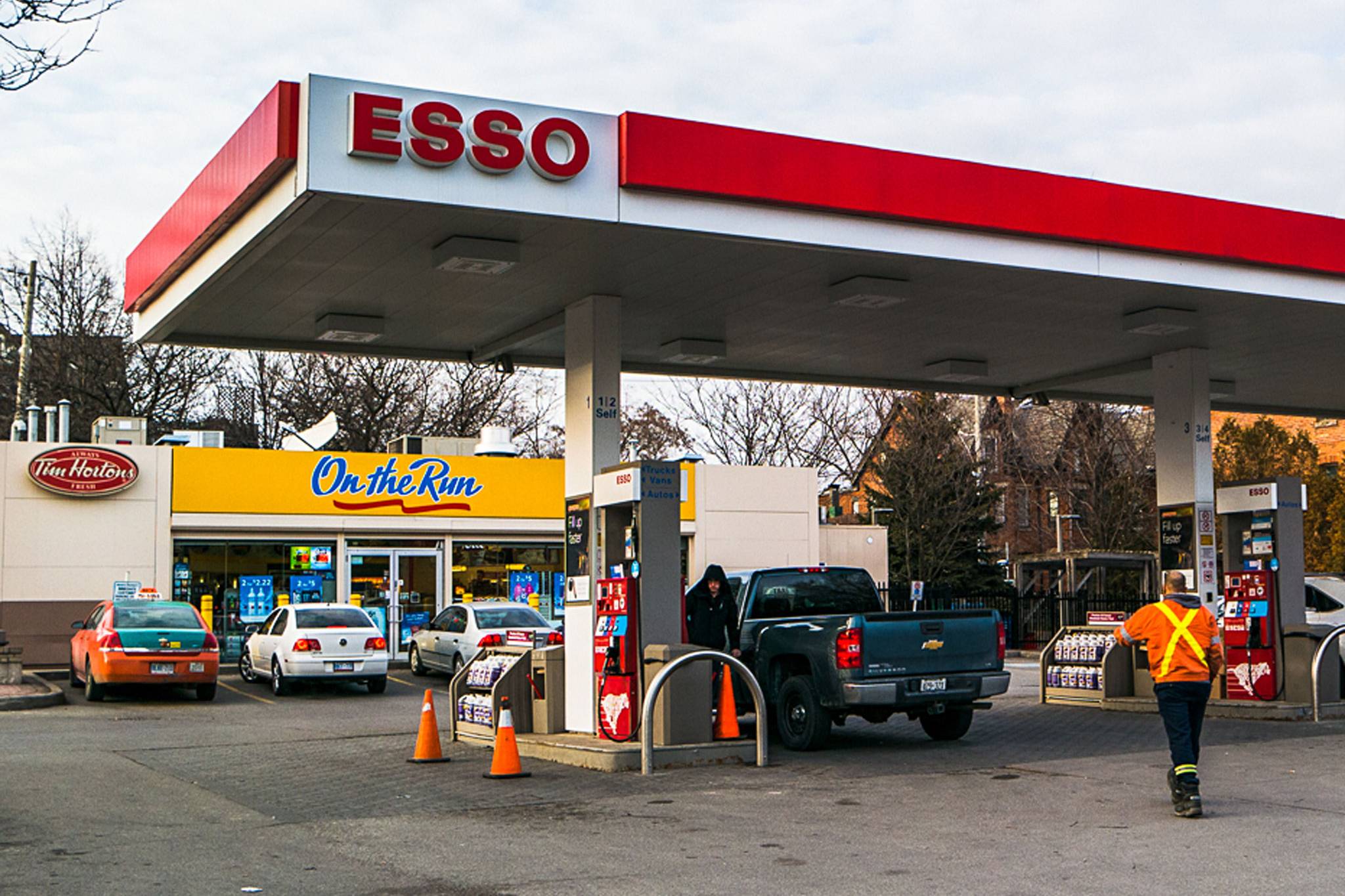
Hey there, fellow drivers! If you’ve pulled up to the pump lately and felt a little less sticker shock, you’re not imagining it. Gas prices across Canada have been on a welcome downward slide, with the national average dipping over four cents a litre in the past week to sit at about 137.3 cents a litre. That’s music to the ears of anyone juggling budgets in this economy. But what’s behind the relief? And more importantly, is this trend here to stay, or could we see even lower numbers before the leaves fully turn? Let’s break it down, drawing on insights from the experts at GasBuddy.
The Big Drop: What’s Driving Prices Lower Right Now?
A perfect storm of factors is keeping pump prices in check this fall. It’s not just one thing—it’s a combo of policy shifts, seasonal quirks, and global supply dynamics. Here’s the rundown:
1. The Carbon Tax Pause: A Game-Changer for Your Wallet
One of the biggest culprits (or heroes, depending on your view) behind the recent drop? The federal consumer carbon price, which was paused back in April 2025. Last year, this added a hefty 17 cents a litre to your tank-up. Removing it has led to an immediate and noticeable relief at stations nationwide. As Patrick De Haan, head of petroleum analysis at GasBuddy, puts it: “Most of the gas price drop in Canada has nothing to do with the price of oil having gone down. It has to do with the federal carbon tax being paused.”
The result? Canada’s average price is now about 10 cents a litre lower than it was this time last year. Of course, De Haan adds a caveat: “One could successfully argue that gas prices are actually higher than they were a year ago because the carbon tax was in place last year.” Fair point—but hey, we’ll take the savings where we can get them.
2. Seasonal Slowdown: Fewer Road Trips, Cheaper Fuel
Fall isn’t just about pumpkin spice—it’s prime time for gas prices to ease up. As temperatures cool, so does our driving enthusiasm. De Haan explains: “This is the time of year when we are accustomed to seeing falling gas prices. Canadians are driving less as temperatures start to get colder because it’s less conducive for Canadians to get out there and road trip.”
On top of that, refineries are switching to winter-blend gasoline, which is cheaper to produce. This blend swaps out pricier components for more butane, shaving off roughly five cents a litre from September through April. It’s a subtle shift, but it adds up when you’re filling up weekly.
3. Oil Supply Surge: More Crude Means Lower Costs
Globally, the oil market is awash in supply. Countries like Canada, the U.S., and even OPEC+ players such as Saudi Arabia have ramped up production, building stockpiles that keep crude prices stable or falling. When there’s plenty of oil to go around, it trickles down to the pump—eventually.
Regional Roundup: Who’s Feeling the Pinch (or the Perk) Most?
Not every province is dropping at the same rate, but the trend is mostly positive:
- Quebec: Leading the pack with a solid five-cent decline last week.
- Nova Scotia: Close behind, down about 4.7 cents a litre.
- New Brunswick and P.E.I.: Saw tiny upticks of around a penny, but nothing to sweat.
- British Columbia: Hanging in there, with more relief on the way (more on that below).
If you’re in the Maritimes or Quebec, you might already be noticing the difference more than folks out West.
The Crystal Ball: Could Prices Plunge Even Lower?
Short answer: Yes, and soon—barring any curveballs from Mother Nature. De Haan is optimistic: “We should continue to see pricing improvement, especially on the West Coast, where B.C. could see another five to 10-cent a litre decline in the weeks ahead. Almost everyone should continue to see gentler gas prices as the seasonal trends continue to push prices lower.”
Looking further out, the national average hit its 2025 low of just under $1.30 a litre back in April. De Haan predicts we could revisit (and beat) that mark: “If there’s no other extenuating circumstances or there’s no geopolitical shocks, I do think that the Canadian national average should get back below that. In fact, we could see the Canadian national average fall closer to $1.25 or maybe even $1.20. So I think there’s good news on the horizon.”
By Thanksgiving? Potentially 10 cents cheaper, if we dodge disruptions. But here’s the fine print: We’re smack in the middle of hurricane season, and a big storm could shutter refineries in the U.S. Gulf Coast, which supplies a chunk of our fuel. “Keep in mind, we are still in the midst of hurricane season, and major weather events like hurricanes can shut down refineries,” De Haan warns. “If we get through hurricane season without any major disruptions, gas prices in Canada could be 10 cents a litre less by the time Thanksgiving rolls around here in the weeks ahead.”
Geopolitical hiccups—like tensions in the Middle East—could also stir the pot, but for now, the outlook is sunny.
Wrapping It Up: Fill ‘Er Up While You Can
Gas prices dipping below 140 cents a litre feels like a small victory in 2025, and with seasonal tailwinds and a carbon tax breather in our corner, there’s real potential for more wins ahead. Whether you’re commuting in Toronto or road-tripping through the Rockies, keep an eye on apps like GasBuddy for the best deals—and maybe plan that fall drive you’ve been putting off.
What do you think—will we hit $1.20 before winter hits? Drop your predictions (or pump horror stories) in the comments below. Safe travels, Canada!
Note: This post is based on analysis from GasBuddy and recent market trends. Prices can fluctuate—always check locally.







